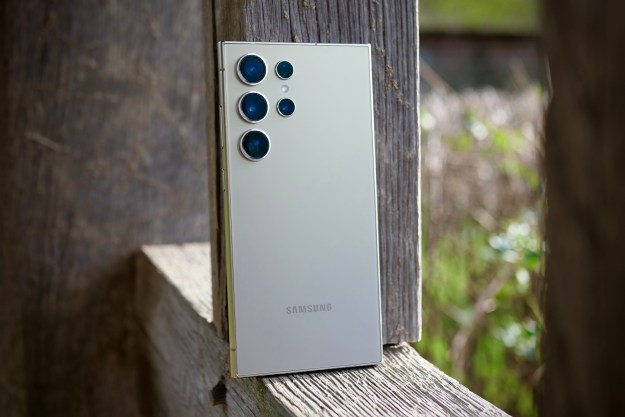In December of 2014, the original Parrot teleprompter launched on Kickstarter. It filled a niche in the filmmaking industry and, boosted by being selected as a Kickstarter staff pick, went on to earn more than $60,000 in pledges — over twice its goal. Now, Parrot is back on Kickstarter with the second version of its popular, portable teleprompter.
The first thing users will notice about the Parrot 2 is that it’s wider, although only by one centimeter. This seemingly small change allows it to fit today’s larger phones like the iPhone 6s Plus and Samsung Galaxy S7, or any phone with a screen size up to 5.5 inches. Overall size and weight has not been impacted enough to make the device less portable, which is its primary selling point.
The build quality has also been improved thanks to stronger polycarbonate materials that are scratch resistant. Mechanical clips now hold the glass sturdily in place, replacing the unreliable glue that was used previously. The phone grip has been redesigned with a different material, which still provides a solid grip but makes it easier to remove your phone.
Ease of use is the primary focus of the Parrot 2. The front cover now slides on and off, removing one of the frustrations about the original model. The lens mount is completely new, with adapters that slide into the back of the unit and are held in place with a positive lock. Parrot claims setup time has been reduced to “mere seconds” thanks to the new mount. Every unit will also now ship with a full set of adapters, supporting lenses all the way up to 82 millimeters in diameter.
As of this writing, the Parrot 2 currently stands at just under $5,000 raised of its $15,000 goal, with 34 days remaining in the Kickstarter campaign. Pledge tiers that include the Parrot 2 as an award start at $80, although this price point is limited to just 100 backers. Full retail price will be $100 when the product ships in September.
Editors' Recommendations
- 5 phones you should buy instead of the iPhone 15
- 5 phones you should buy instead of the iPhone 15 Pro Max
- Why I ditched my iPhone 15 Pro for the Samsung Galaxy S24 Ultra
- Don’t buy a Galaxy S24 Ultra or iPhone 15 Pro Max. Do this instead
- I’m a lifelong iPhone user. Here’s what I think about the Samsung Galaxy S24




